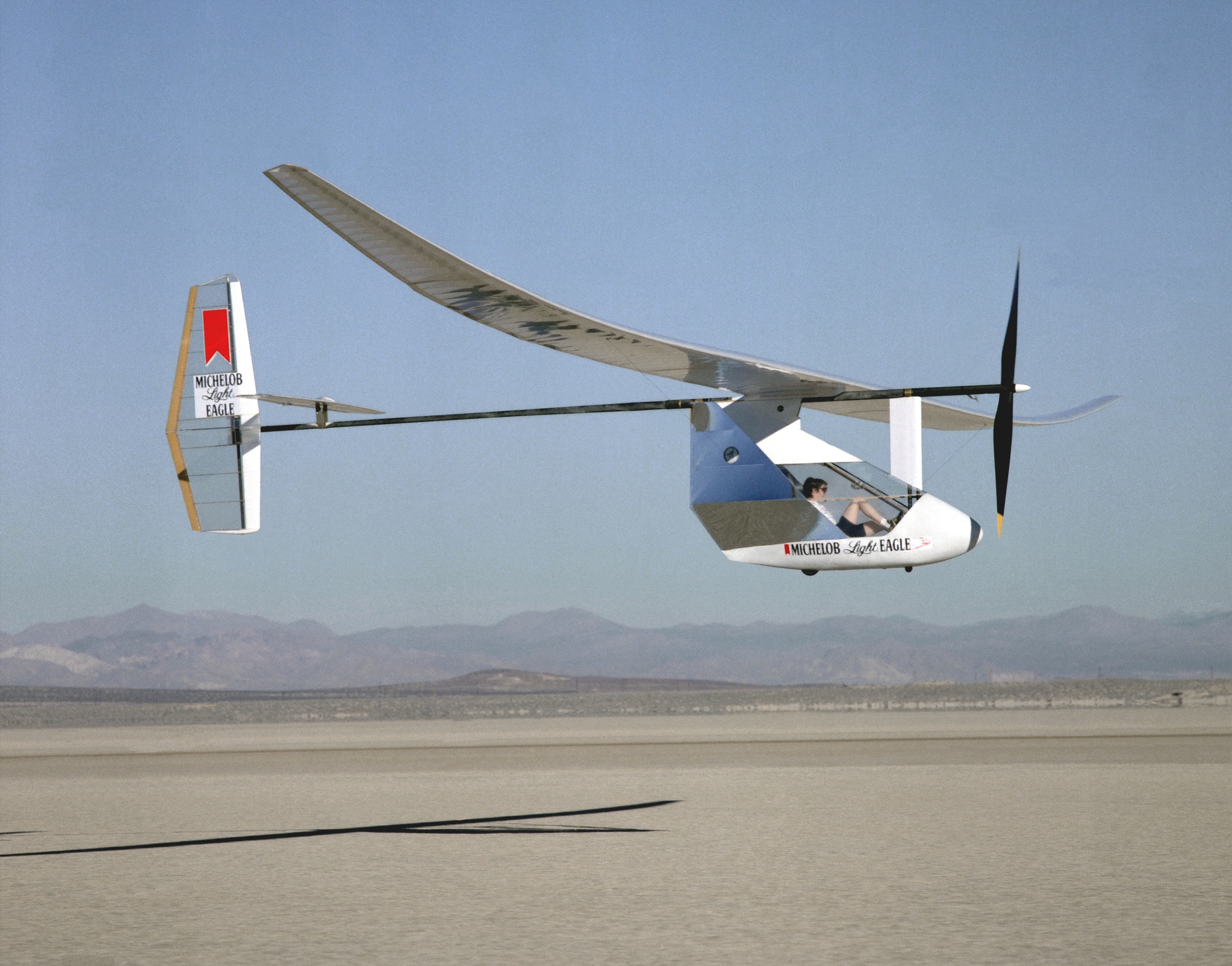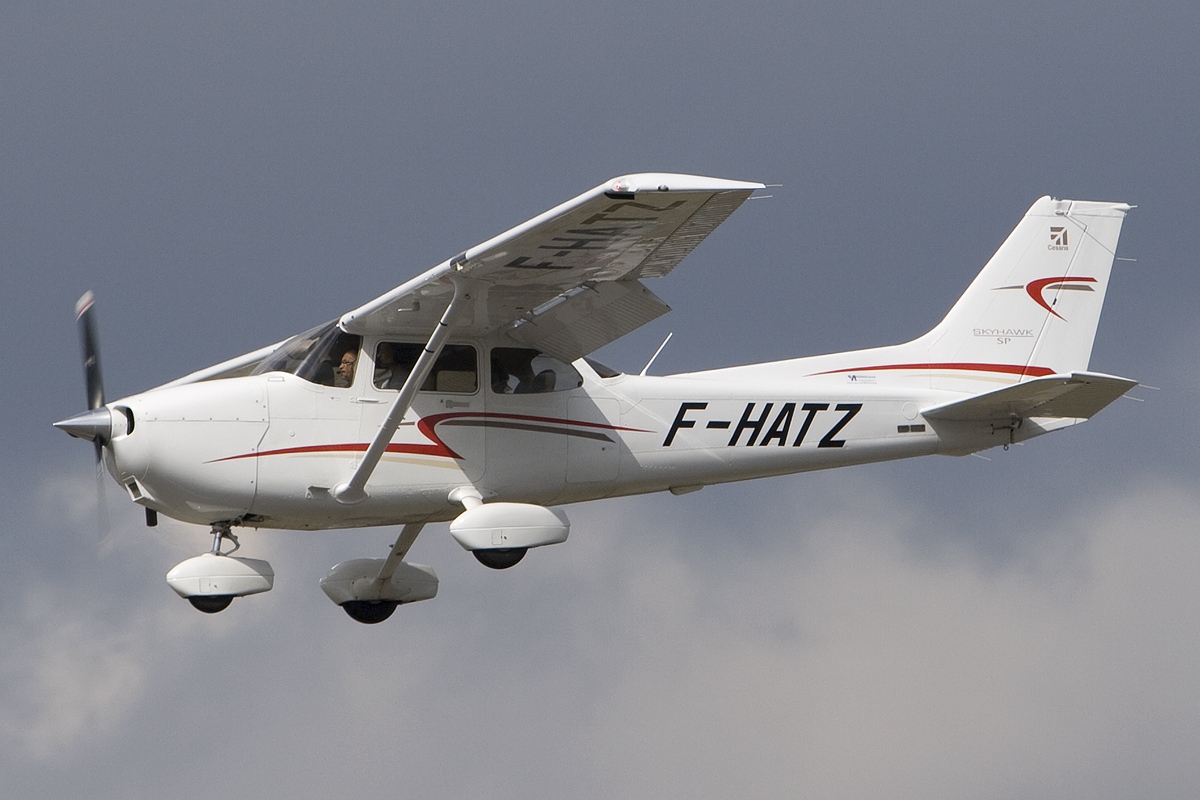|
Southend MPG Mayfly
__NOTOC__ The Southend MPG ''Mayfly'' was a British two-seat human-powered aircraft built by members of the Southend Man-Powered Group in the 1960s. It was one of the first two-person human-powered aircraft to have been built and tested, although it never flew. Development The Southend Man Powered Group was formed by Brian Kerry, an aerodynamicist then working at Aviation Traders company, in order to help realise a two-person human-powered aircraft he had designed, though several other members of the group later provided design input. The original design dated from 1960, and construction started during the summer of 1961. Originally intended to be completed by May 1962, resource and construction issues meant that the first flight trials did not take place till July 1965. Although some observers claim they saw light under the wheels on some runs, no flights were made. Issues around poor design and execution impacted the enthusiasm of the members of the Southend MP Group, w ... [...More Info...] [...Related Items...] OR: [Wikipedia] [Google] [Baidu] |
Human-powered Aircraft
A human-powered aircraft (HPA) is an aircraft belonging to the class of vehicles known as human-powered transport. Human-powered aircraft have been successfully flown over considerable distances. However, they are still primarily constructed as engineering challenges rather than for any kind of recreational or utilitarian purpose. History Early attempts at human-powered flight were unsuccessful because of the difficulty of achieving the high power-to-weight ratio. Prototypes often used ornithopter principles which were not only too heavy to meet this requirement but aerodynamically unsatisfactory. First attempts In 1904, Scientific American published an article and a photograph of a bicycle plane built by Steward Winslow of Riparia, Washington. He attempted to fly his plane on 30 July 1904, but one of the wheels failed. An early human-powered aircraft was the Gerhardt Cycleplane, developed by W. Frederick Gerhardt at McCook Field in Dayton, Ohio in 1923. The aircraft h ... [...More Info...] [...Related Items...] OR: [Wikipedia] [Google] [Baidu] |
Malliga 1
The Malliga 1 human powered aircraft was the project of Horst Josef Malliga. It is thought that it was the first successful Continental European human-powered aircraft. Design work began in August 1966, with the first flight taking place in September 1967. The aircraft was a low-wing monoplane, with a pod and boom configuration. The pilot sat in a recumbent position, and powered a two bladed pusher propeller, located behind a streamlined nacelle. Twin booms supported twin fins, with an all-flying tailplane located between them. Constructed from aluminium tubing and polystyrene, with plastic film covering. The Malliga 1 had a constant-chord wingplan, and spanned 20.00 m (65 ft 7in). As originally designed, the tailfins did not incorporate rudders, and directional control was made via two fins located outboard and underneath the wing. Lateral control was obtained by wingtip ailerons. With this configuration, and under human-power alone, flights of up to 150 m (487.50 ... [...More Info...] [...Related Items...] OR: [Wikipedia] [Google] [Baidu] |
Tractor Aircraft
In aviation, the term tractor configuration refers to an aircraft constructed in the standard configuration with its engine mounted with the propeller in front of it so that the aircraft is "pulled" through the air. Oppositely, the pusher configuration places the airscrew behind and propels the aircraft forward. Through common usage, the word "propeller" has come to mean any airscrew, whether it actually propels or pulls the plane. In the early years of powered aviation both tractor and pusher designs were common. However, by the midpoint of the First World War, interest in pushers declined and the tractor configuration dominated. Today, propeller-driven aircraft are assumed to be tractors unless it is stated otherwise. Origins The first airplane to have a "tractor" configuration was the Goupy No.2 (first flight on 11 March 1909) designed by Mario Calderara and financed by Ambroise Goupy at the French firm Blériot Aéronautique. When it was constructed, it was the faste ... [...More Info...] [...Related Items...] OR: [Wikipedia] [Google] [Baidu] |
1960s British Experimental Aircraft
Year 196 ( CXCVI) was a leap year starting on Thursday (link will display the full calendar) of the Julian calendar. At the time, it was known as the Year of the Consulship of Dexter and Messalla (or, less frequently, year 949 ''Ab urbe condita''). The denomination 196 for this year has been used since the early medieval period, when the Anno Domini calendar era became the prevalent method in Europe for naming years. Events By place Roman Empire * Emperor Septimius Severus attempts to assassinate Clodius Albinus but fails, causing Albinus to retaliate militarily. * Emperor Septimius Severus captures and sacks Byzantium; the city is rebuilt and regains its previous prosperity. * In order to assure the support of the Roman legion in Germany on his march to Rome, Clodius Albinus is declared Augustus by his army while crossing Gaul. * Hadrian's wall in Britain is partially destroyed. China * First year of the '' Jian'an era of the Chinese Han Dynasty. * Emperor Xian of ... [...More Info...] [...Related Items...] OR: [Wikipedia] [Google] [Baidu] |
List Of Human-powered Aircraft
This is a list of human-powered aircraft A human-powered aircraft (HPA) is an aircraft belonging to the class of vehicles known as human-powered transport. Human-powered aircraft have been successfully flown over considerable distances. However, they are still primarily constructed a ... by date. See also * History of human-powered aircraft References Further reading * External links Chris Roper's online book ''Human Powered Flying''Prop designer Vélair – Yuri human-powered helicopter – YouTube video [...More Info...] [...Related Items...] OR: [Wikipedia] [Google] [Baidu] |
MacCready Gossamer Condor
The MacCready ''Gossamer Condor'' was the first human-powered aircraft capable of controlled and sustained flight; as such, it won the Kremer prize in 1977. Its design was led by Paul MacCready of AeroVironment, Inc. Design and development The Kremer Prize had been set up in 1959 by Henry Kremer, a British industrialist, and offered £50,000 in prize money to the first group that could fly a human-powered aircraft over a figure-eight course covering a total of one mile (1.6 kilometers). The course also included a ten-foot pole that the aircraft had to fly over at the start and at the end. Early attempts to build human-powered aircraft had focused on wooden designs, which proved too heavy. Very early attempts – notably the ' and ''Pedaliante'' – used catapult launches. In 1961, Southampton University's Man Powered Aircraft SUMPAC took to the air at Lasham Airfield on 9 November, piloted by Derek Piggott, achieving a maximum flight of 650 metres. One week later, on 16 N ... [...More Info...] [...Related Items...] OR: [Wikipedia] [Google] [Baidu] |
MacCready Gossamer Albatross
The ''Gossamer Albatross'' is a human-powered aircraft built by American aeronautical engineer Dr Paul B MacCready's company AeroVironment. On June 12, 1979, it completed a successful crossing of the English Channel to win the second Kremer prize worth £100,000 (). Design and development The aircraft was designed and built by a team led by Paul B. MacCready, a noted American aeronautics engineer, designer, and world soaring champion. ''Gossamer Albatross'' was his second human-powered aircraft, the first being the ''Gossamer Condor'', which had won the first Kremer prize on August 23, 1977, by completing a -long figure-eight course. The second Kremer challenge was then announced as a flight across the English Channel recalling Louis Blériot's crossing of 1909. The aircraft is of " canard" configuration, using a large horizontal stabilizer forward of the wing in a manner similar to the Wright brothers' successful ''Wright Flyer'' aircraft and powered using pedals to drive a ... [...More Info...] [...Related Items...] OR: [Wikipedia] [Google] [Baidu] |
HMPAC Puffin
The HMPAC Puffin was a British man-powered aircraft designed by a team headed by John Wimpenny, an aerodynamicist at the de Havilland Aircraft Company. It was built by the Hatfield Man Powered Aircraft Club (HMPAC) on the company's premises in Hatfield, Hertfordshire. On 2 May 1962, Wimpenny, aged 39, piloted the Puffin at the Hatfield Aerodrome, pedalling to power the propeller, achieving a flight distance of , a world record which was to stand for ten years. The Puffin had a wingspan of . Puffin II An improved version of the Puffin was developed and built in 1965 as the HMPAC Puffin II. First flown on 27 August 1965, the Puffin II utilized the transmission components of the Puffin I in a completely new airframe. After it had been damaged, the Puffin II airframe was given to Liverpool University, who used it to build the Liverpuffin. Specifications See also * SUMPAC * List of human-powered aircraft References * Further reading *{{cite book, last1=Reay, first1=D. A., ... [...More Info...] [...Related Items...] OR: [Wikipedia] [Google] [Baidu] |
Human-powered Aircraft
A human-powered aircraft (HPA) is an aircraft belonging to the class of vehicles known as human-powered transport. Human-powered aircraft have been successfully flown over considerable distances. However, they are still primarily constructed as engineering challenges rather than for any kind of recreational or utilitarian purpose. History Early attempts at human-powered flight were unsuccessful because of the difficulty of achieving the high power-to-weight ratio. Prototypes often used ornithopter principles which were not only too heavy to meet this requirement but aerodynamically unsatisfactory. First attempts In 1904, Scientific American published an article and a photograph of a bicycle plane built by Steward Winslow of Riparia, Washington. He attempted to fly his plane on 30 July 1904, but one of the wheels failed. An early human-powered aircraft was the Gerhardt Cycleplane, developed by W. Frederick Gerhardt at McCook Field in Dayton, Ohio in 1923. The aircraft h ... [...More Info...] [...Related Items...] OR: [Wikipedia] [Google] [Baidu] |
Goodhart Newbury Manflier
The Goodhart ''Newbury Manflier'' was a two-place human-powered aircraft designed by Nicholas Goodhart. Its most notable feature was that the two pilots were placed in separate fuselages, spaced 70 ft apart. Design and development The genesis of the aircraft was detailed in a paper presented at a 1974 conference hosted by the Man-Powered Aircraft Group of the Royal Aeronautical Society, and later published in its Journal. In the paper, after initially describing the requirements for an aircraft to win the Kremer Prize then on offer, Goodhart proposed a two-person monoplane, with a 100 ft wingspan, with each pilot being located in separate nacelles at the wingtips. This configuration would reduce the bending moments on the wing spar, and hence the overall weight. Turning radius would be in the order of 1,000 ft, and with each pilot generating 0.20 hp (or 140 watts) to maintain flight. The design evolved, so that when construction of the Newbury Manflier com ... [...More Info...] [...Related Items...] OR: [Wikipedia] [Google] [Baidu] |
Cook Musfly
The ''Musfly'' was a British two-seat human-powered tailless aircraft built by David Cook in the 1970s. Background Intended to win the Kremer prize, the ''Musfly'' was designed by David Cook and Neil Moran, who at the time were employees at Richard Garrett & Sons, at Leiston, in Suffolk. The aircraft was a wire-braced high-wing tailless monoplane. The wing planform was made up of a central constant-chord swept wing A swept wing is a wing that angles either backward or occasionally forward from its root rather than in a straight sideways direction. Swept wings have been flown since the pioneer days of aviation. Wing sweep at high speeds was first investigate ..., with anhedral wing-tips. "Draggons" (upward deflecting ailerons) fitted to the wing-tips would provide lateral and directional control. Pitch control would be by weight shift, with the crewed capsule, suspended beneath the wing, being moved back and forth. In the capsule, the two-person crew would opera ... [...More Info...] [...Related Items...] OR: [Wikipedia] [Google] [Baidu] |


